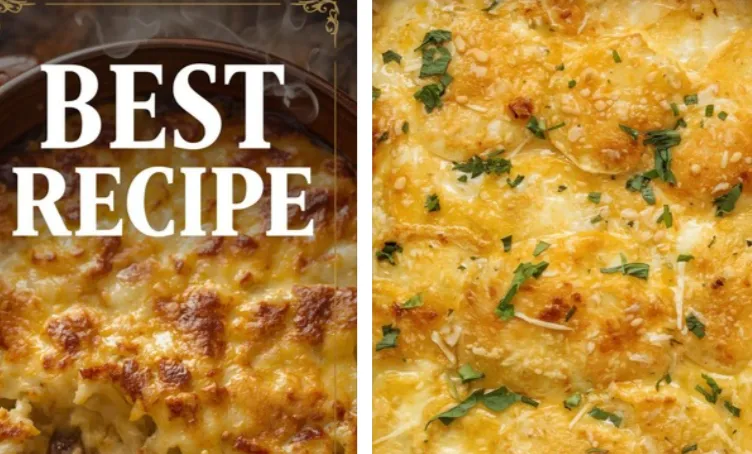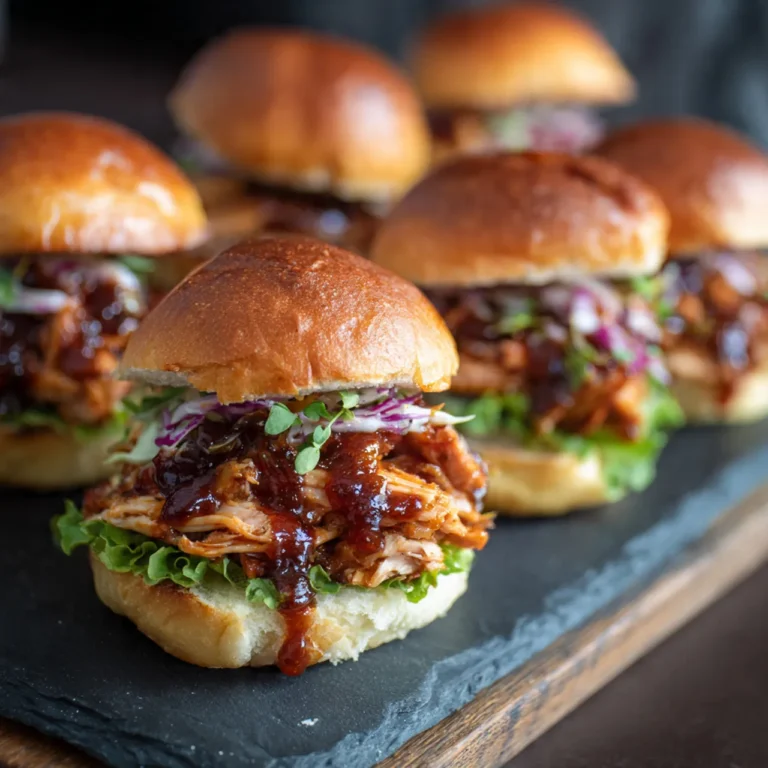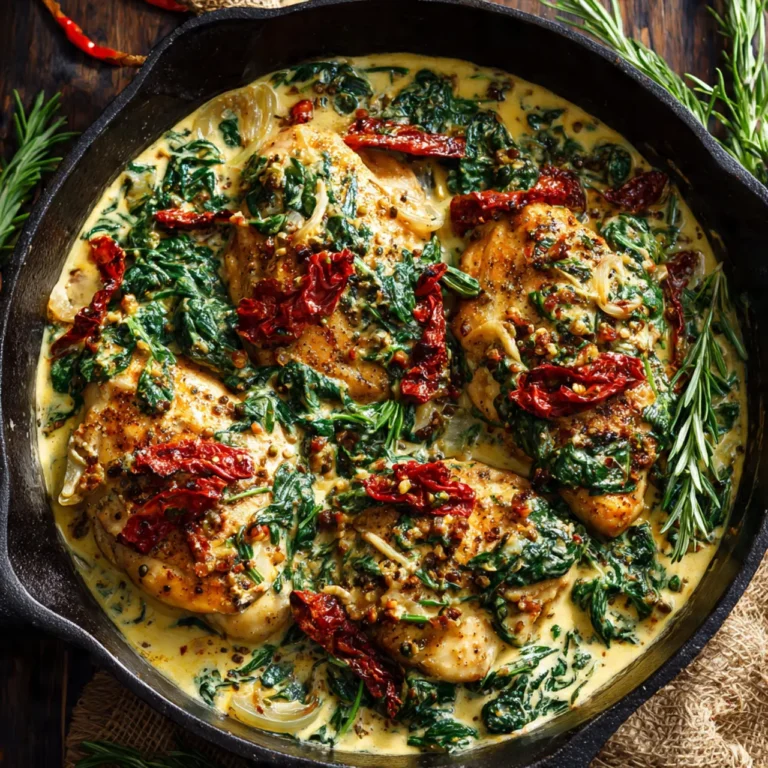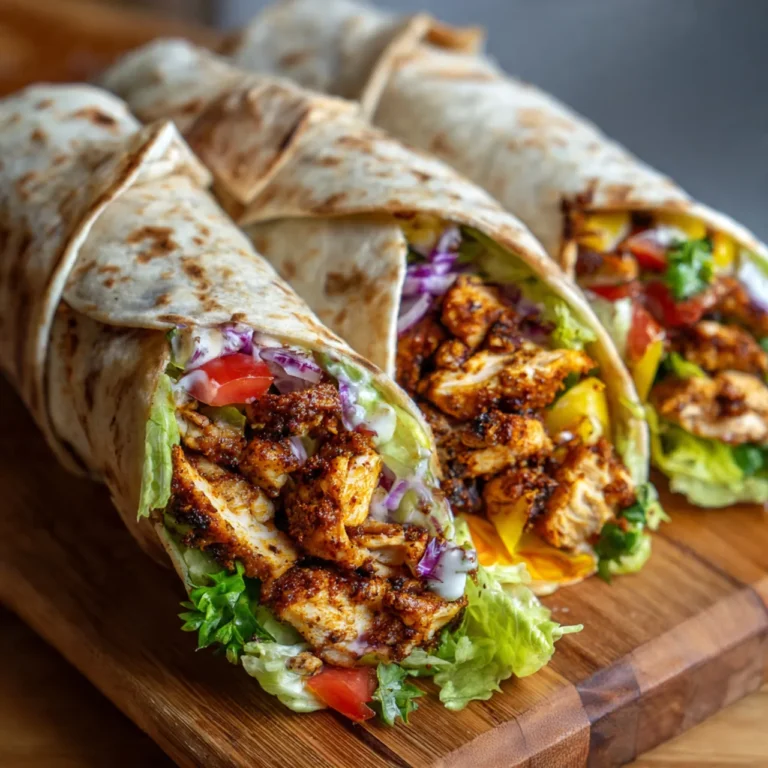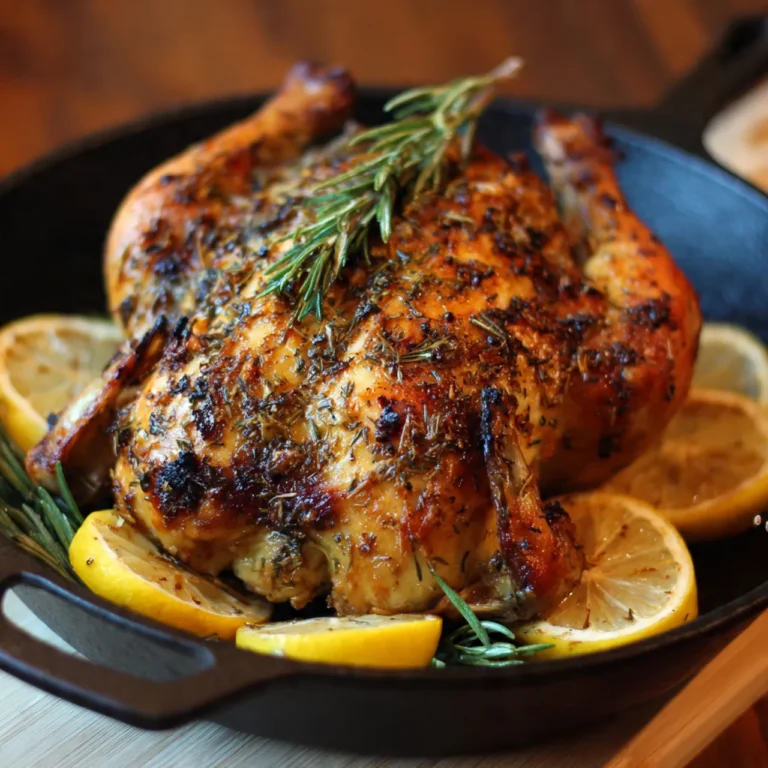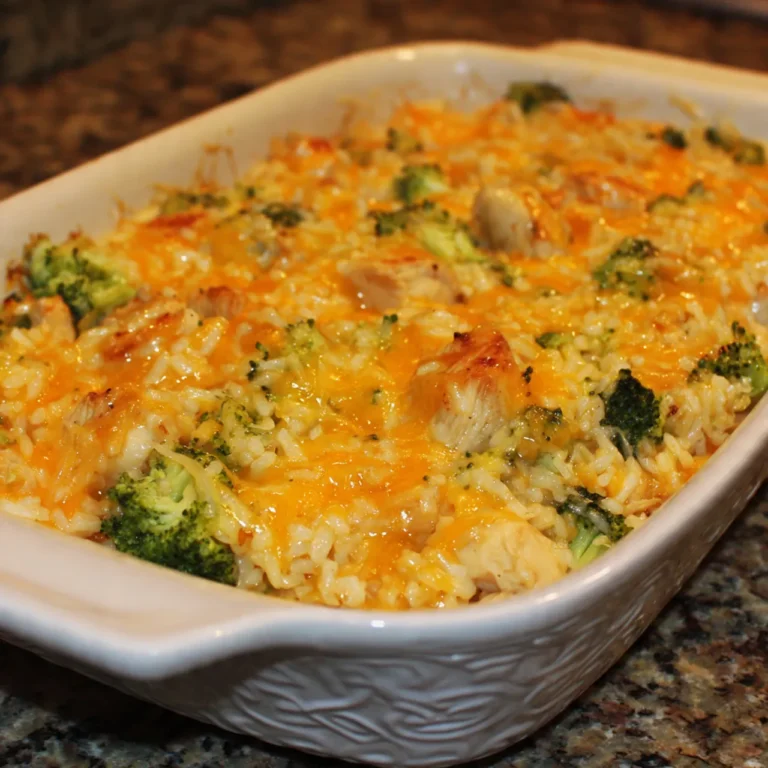Few dishes bridge the gap between elegance and homely comfort as beautifully as a Cheesy Potato Gratin. Layers of tender potatoes bathed in a creamy, garlicky sauce and blanketed with bubbling melted cheese—this French-inspired classic has earned its place on tables worldwide. Whether served alongside a festive roast or standing proudly as the main attraction on a cozy evening, potato gratin offers the perfect balance of richness, warmth, and nostalgia.
In this complete guide, you’ll learn not only how to create the most flavorful and perfectly textured Cheesy Potato Gratin, but also the history, ingredient science, and expert tips behind every golden layer.
1. What Is Cheesy Potato Gratin?
At its core, a gratin is a baked dish featuring a browned crust—typically made from cheese, breadcrumbs, or both. The term gratin comes from the French gratter, meaning “to scrape,” referring to the crispy browned layer scraped from the baking dish’s surface.
Cheesy Potato Gratin, also known as Gratin Dauphinois, originates from the Dauphiné region in southeastern France. Traditionally, the classic version was made simply with potatoes, milk, and sometimes cream—no cheese. Over time, the addition of cheese, particularly Gruyère, Emmental, or Cheddar, evolved into the luscious dish we now associate with holiday spreads and Sunday dinners.
2. Why You’ll Love This Recipe
- Creamy, Cheesy Layers – Each slice reveals a perfect balance between silky potatoes and rich, melty cheese.
- Simple Ingredients, Gourmet Result – Made with everyday staples, yet luxurious enough for special occasions.
- Make-Ahead Friendly – Can be prepared a day early and reheated without losing its texture.
- Versatile – Works beautifully as a side for beef, chicken, turkey, or vegetarian mains.
- Crowd-Pleaser – Universally loved across ages and cuisines.
3. The Science Behind Perfect Gratin
Achieving the ideal texture in Cheesy Potato Gratin requires understanding a few simple culinary principles:
- Potato Choice: Waxy varieties (Yukon Gold, Charlotte, or Yellow Finn) hold their shape and stay creamy; starchy ones (Russet or Maris Piper) yield a fluffier texture.
- Starch Release: Slicing potatoes thinly and rinsing them briefly helps control excess starch, ensuring the layers meld without becoming gluey.
- Low and Slow Cooking: Gentle baking allows the cream to thicken gradually while the potatoes absorb flavor evenly.
- Rest Before Serving: Allowing the gratin to rest 15–20 minutes after baking helps the sauce set and enhances slicing.
4. Ingredients You’ll Need
For a 6–8 serving dish:
- 2 lb (900 g) potatoes, peeled and sliced ⅛-inch (3 mm) thick
- 2 cups (480 ml) heavy cream
- 1 cup (240 ml) whole milk
- 2 cups (200 g) grated cheese (Gruyère, Cheddar, Emmental, or mix)
- 2 cloves garlic, finely minced
- 2 tbsp unsalted butter (plus more for greasing)
- ½ tsp nutmeg
- Salt and freshly ground black pepper, to taste
- Optional: 1 tsp fresh thyme leaves or a sprinkle of paprika for color
5. Step-by-Step Instructions
Step 1: Prepare the Dish
Preheat the oven to 375°F (190°C). Grease a medium baking dish (about 9 × 13 inches) with butter. Rub a cut clove of garlic around the dish to add subtle aroma.
Step 2: Infuse the Cream
In a saucepan, combine cream, milk, minced garlic, nutmeg, salt, and pepper. Warm gently over medium heat until it just begins to steam—do not boil. This step infuses the liquid with flavor and ensures even cooking.
Step 3: Layer the Potatoes
Arrange a thin layer of potato slices on the bottom of the dish, slightly overlapping. Pour a little of the warm cream mixture over them, then sprinkle with cheese. Repeat until all ingredients are used, finishing with a generous cheese layer on top.
Step 4: Bake Slowly
Cover loosely with foil and bake 45 minutes. Remove the foil and continue baking 25–30 minutes more, until the top is golden and the potatoes are fork-tender.
Step 5: Rest and Serve
Let the gratin rest 15 minutes before slicing. The cooling period allows the sauce to thicken and the flavors to meld perfectly.
6. Expert Tips for Success
- Uniform Slices = Even Cooking: Use a mandoline or a sharp knife for consistent thickness.
- Cheese Blend: Combine cheeses for depth—Gruyère for nuttiness, Cheddar for sharpness, and mozzarella for stretch.
- Avoid Boiling the Cream: Overheating curdles dairy; gentle warming preserves smoothness.
- Herb Infusion: Add a sprig of thyme, bay leaf, or a dash of white pepper for a gourmet twist.
- Golden Crust Trick: Broil for 2 minutes at the end if you crave a deeper crust.
7. Serving Suggestions
Cheesy Potato Gratin pairs wonderfully with:
- Roast Meats: Beef tenderloin, chicken, or lamb.
- Vegetarian Plates: Roasted cauliflower, sautéed mushrooms, or grilled asparagus.
- Holiday Dinners: Thanksgiving turkey, Christmas ham, or Easter roast.
- Salad Companions: A crisp green salad with lemon vinaigrette balances the richness.
For a lighter meal, serve the gratin as a main dish alongside steamed vegetables and crusty bread.
8. Variations to Try
a. Caramelized Onion and Gruyère Gratin
Layer slow-cooked onions between potatoes for sweetness and depth.
b. Garlic Parmesan Gratin
Add roasted garlic and replace half the cheese with freshly grated Parmesan.
c. Truffle Infused Gratin
Stir a teaspoon of truffle oil into the cream before baking for an indulgent version.
d. Bacon and Cheddar Gratin
Scatter crisp bacon pieces between layers for a smoky twist.
e. Vegan Alternative
Use coconut cream and plant-based cheese. Substitute olive oil for butter.
9. Make-Ahead and Storage Tips
- To Prepare in Advance: Assemble up to 24 hours ahead. Cover and refrigerate. Bake directly from chilled, adding about 15 extra minutes.
- Leftovers: Store refrigerated for 3–4 days in an airtight container.
- Reheat: Cover with foil and bake at 350°F (175°C) for 20 minutes, or until warmed through.
- Freezing: Freeze baked gratin for up to 2 months. Thaw overnight in the refrigerator before reheating.
10. The French Connection: A Brief History
The earliest written record of Gratin Dauphinois dates back to 1788, served at a dinner hosted by Charles-Henri, Duke of Clermont-Tonnerre. Originally, it contained no cheese—just potatoes, milk, and a bit of butter. The dish reflected the rise of potatoes in French cuisine, popularized after botanist Antoine-Augustin Parmentier championed them as a reliable food source.
The modern cheesy version appeared as culinary traditions spread through Europe and the Americas, adapting to local tastes. In the U.S., cooks added sharp Cheddar and cream, creating the rich gratin familiar on American holiday tables today.
11. Nutritional Profile (Approx. Per Serving)
| Nutrient | Amount |
|---|---|
| Calories | 330 kcal |
| Protein | 11 g |
| Fat | 22 g |
| Carbohydrates | 23 g |
| Fiber | 2 g |
| Calcium | 28 % DV |
Note: Values vary depending on cheese and cream choices.
12. Common Mistakes and How to Avoid Them
- Undercooked Potatoes: Test doneness with a knife; it should slide in easily.
- Watery Texture: Use the correct cream-to-milk ratio; avoid excessive liquid.
- Curdled Cream: Keep oven temperature moderate and never boil the mixture.
- Uneven Salt: Season each layer lightly instead of salting only at the top.
- Burned Top: Cover with foil halfway through and uncover for browning later.
13. Pairing Wine and Beverages
A rich dish deserves a balanced drink. Try:
- White Wine: Chardonnay or Sauvignon Blanc for crisp acidity.
- Red Wine: Pinot Noir or Merlot with moderate tannins.
- Non-Alcoholic: Sparkling apple cider or rosemary-infused lemon water.
14. Frequently Asked Questions
Q: Can I use pre-shredded cheese?
A: Freshly grated melts better. Pre-shredded often contains anti-caking agents that affect texture.
Q: How thin should I slice the potatoes?
A: ⅛ inch (3 mm) ensures even layers and proper tenderness.
Q: Can I add onions or leeks?
A: Yes—lightly sauté them first to prevent excess moisture.
Q: Can I make it in a slow cooker?
A: Yes. Cook on low for 4–5 hours, then brown the top under a broiler if desired.
Q: How do I keep the gratin creamy after reheating?
A: Add a splash of cream before reheating covered in the oven.
15. How to Turn This Dish into a Show-Stopping Centerpiece
To elevate Cheesy Potato Gratin beyond a side dish:
- Add Layers of Flavor: Combine sweet potatoes and Yukon Golds for color contrast.
- Incorporate Greens: Spinach or kale between layers adds freshness and nutrition.
- Use Individual Ramekins: Creates an elegant presentation for dinner parties.
- Garnish Artistically: A few fresh herbs or a sprinkle of Parmesan adds visual appeal.
16. Cultural Impact and Modern Adaptations
Cheesy Potato Gratin has evolved far beyond French bistros. In American homes, it’s synonymous with Thanksgiving and Christmas dinners. Scandinavian variations feature anchovies (Janssons Frestelse), while Mediterranean versions incorporate olive oil and herbs. Its global appeal lies in its versatility—the ability to adapt to local ingredients while retaining its creamy, crispy identity.
Restaurants now reimagine it with truffle foam, aged cheeses, or sweet vegetables like parsnips and celeriac, proving that the gratin’s potential for innovation remains endless.
17. Sustainability and Ingredient Choices
- Local Dairy: Choose locally sourced milk and cheese to support regional farmers.
- Organic Potatoes: Lower pesticide residue and better flavor.
- Waste Reduction: Save potato peels for broths or crispy snacks.
- Energy Efficient Cooking: Bake alongside other dishes to reduce oven time.
18. The Emotional Connection
There’s something profound about the smell of potatoes and cheese baking slowly in the oven. It recalls family gatherings, winter nights, and the comfort of home. Every culture has a version of this feeling — layers of food that bind people together around the table. Cheesy Potato Gratin embodies that universal warmth in a pan of golden perfection.
19. Final Thoughts
Cheesy Potato Gratin is more than just a side dish; it’s a culinary experience of texture and flavor that feels at once rustic and refined. With its creamy layers, melting cheese, and crisp crust, it stands as a testament to the magic of simple ingredients transformed through careful technique.
